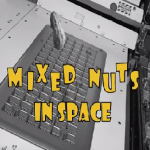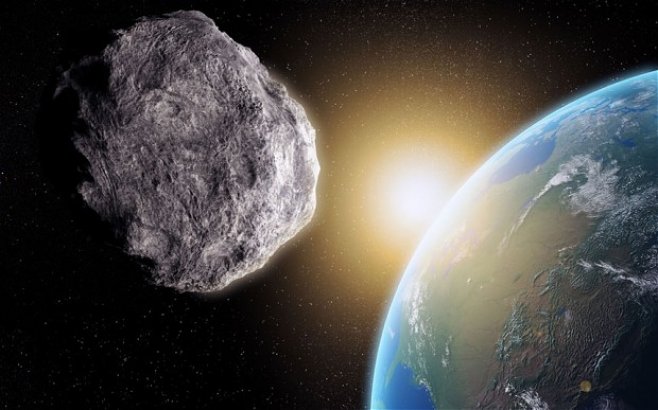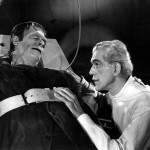Welcome to another great week! Juniors, please remember to bring your scheduling forms to class with you on Monday.
This week in physics: This week we mark the beginning of the end of our study of mechanics as we venture around the topic of circular motion in unit 6. Having covered the material in podcast 1 on Thursday and Friday of last week, you should take notes on podcast 2 and podcast 3 as homework for Monday. We will digest these quickly, so be ready to take notes on podcast 4 for Tuesday when we will also have a quiz over introductory concepts. We will work together on assignment 1 during the middle part of the week followed by a quiz. We will also examine circular motion by collecting data to analyze the relationship between period and centripetal force, but this will likely be early next week.
This week in astronomy: OH MY STARS. WILLWEEVERGETANIGHTWITHOUTCLOUDS? The five-day forecast says it won’t happen any time soon, so the Astronomy Unit 1 – Outdoor Lab is again postponed. Let’s try again for a due date of next Monday, February…what? March already!? OK, Monday, March 4th. (Note: You must print out the lab and do your work on the actual printed document.) THIS week we will continue our look at our brightest star, our own Sun, as we explore Unit 2: The Ecliptic Motion of the Sun in more detail. Our key independent variables will be time of year and latitude, and through a variety of activities we’ll examine the motion of the sun in relation to changes in these variables. A quiz will follow, and then we’ll turn up the heat by analyzing solar radiation in relation to the time of the year and the path of the sun. This is a quick unit, so expect a test next week. 🙂
P.S. Move yourself up on the awesomeness scale if you figured out what that red sentence said. 😛
Cool Science of the Week: Spring is coming, and with it come flowers…and, of course, electricity! New research suggests that flowers emit a slight electric field (a physics topic for us), and bees seem to respond to this field as much as they respond to fragrance and color. Sweet!





